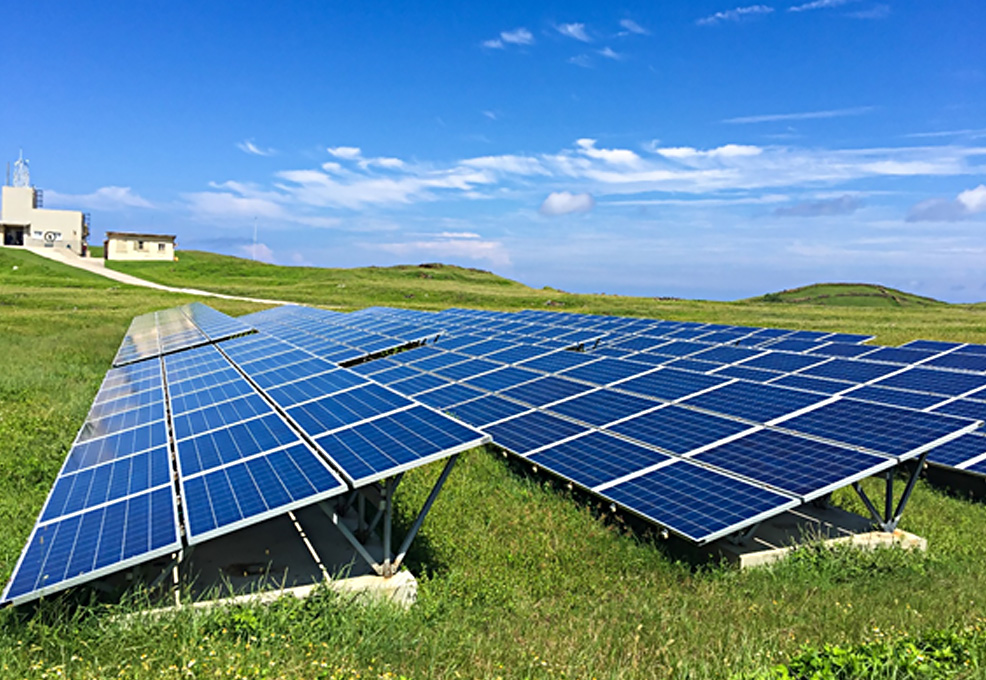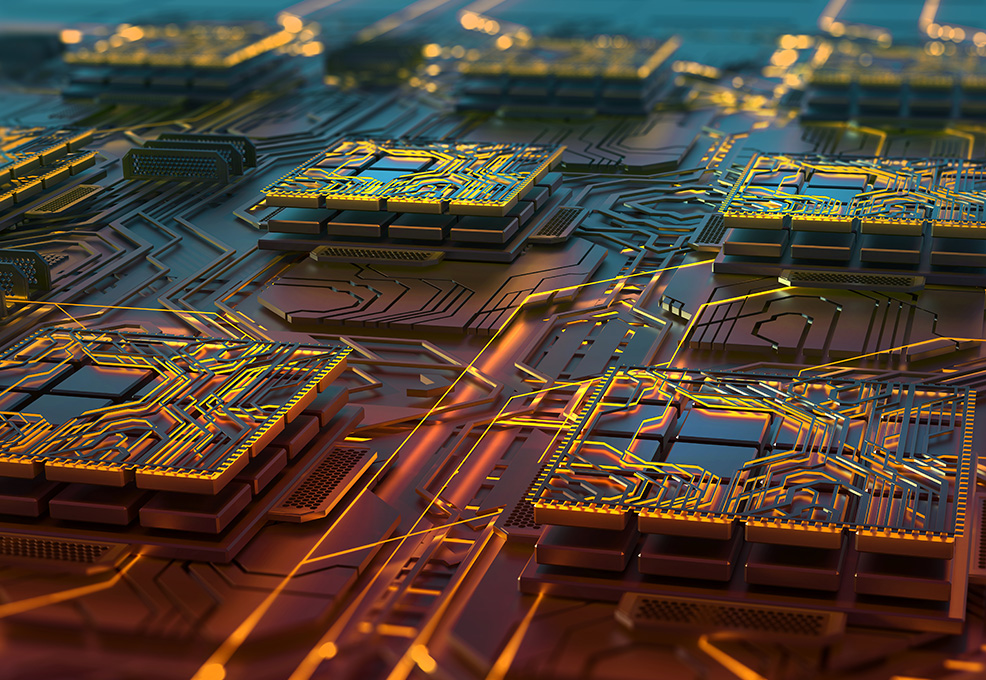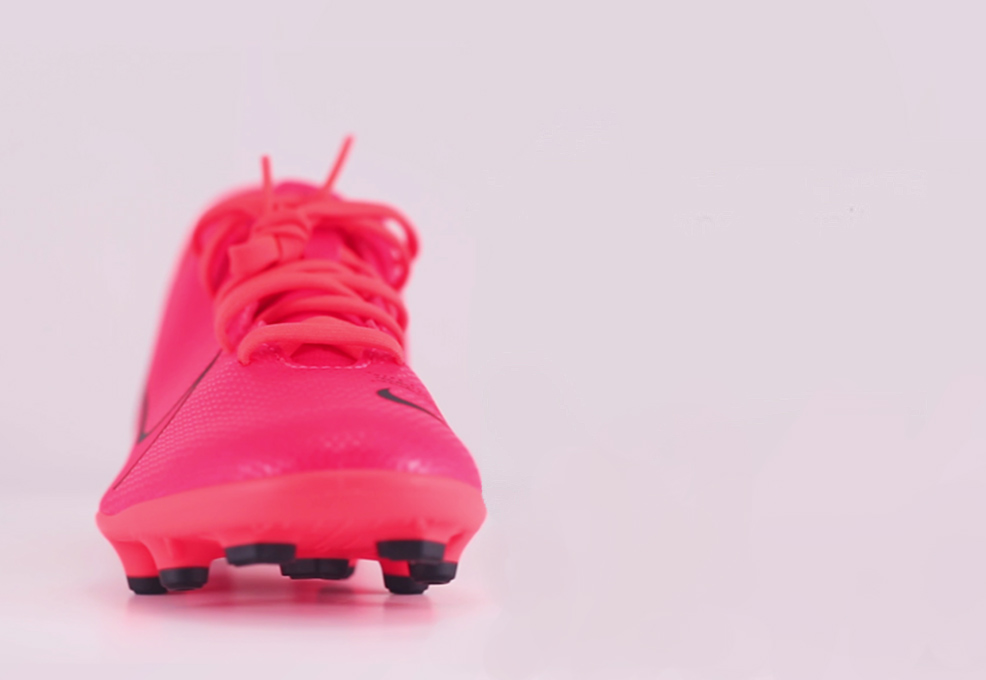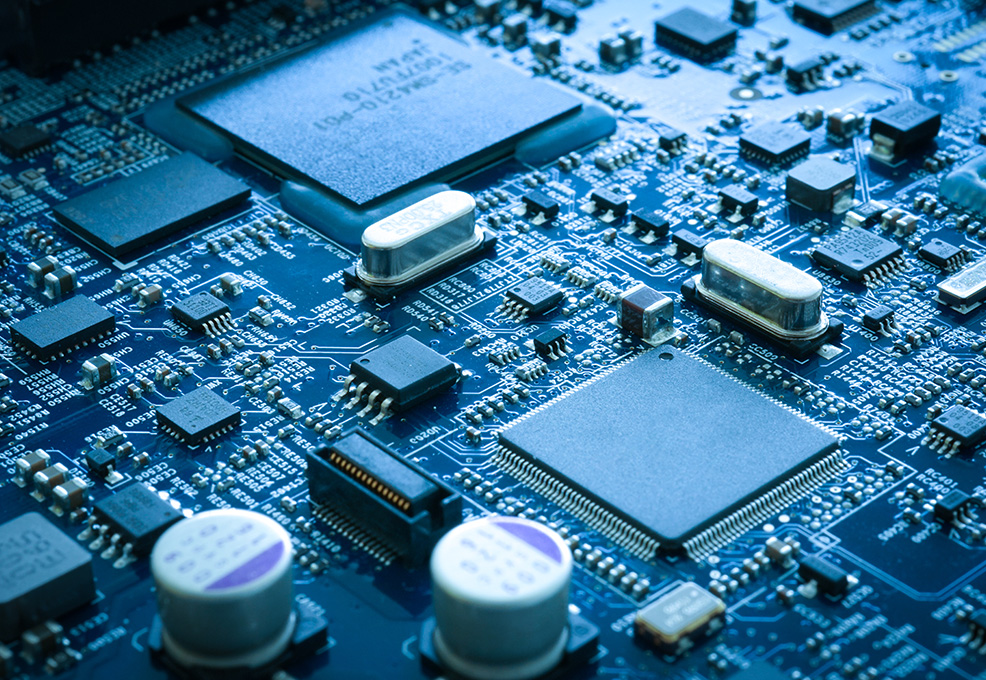Advanced Semiconductor Materials Could Help Beat Moore’s Law

Author(s)
Faa-Jeng LinBiography
Faa-Jeng Lin is Chair Professor, Department of Electrical Engineering, and Dean, College of Electrical Engineering and Computer Science, National Central University. He is Executive Director of the Taiwan Power Company. His research interests include AC motor drives, power electronics, renewable energies, smart grids, intelligent and nonlinear control theories. He received the Outstanding Research Award from the National Science Council, Taiwan, in 2004, 2010 and 2013. He is also an IEEE Fellow.
Academy/University/Organization
National Central UniversitySource
F. J. Lin, C. I. Chen, G. D. Xiao, and P. R. Chen, “Voltage Stabilization Control for Microgrid with Asymmetric Membership Function Based Wavelet Petri Fuzzy Neural Network,” IEEE Trans. Smart Grid, vol. 12, no. 5, pp. 3731-3741, 2021. (SCIE, IF 8.267, 14/266) MOST 109-3116-F-008-005 DOI: 10.1109/TSG.2021.3071357-
TAGS
-
Share this article
You are free to share this article under the Attribution 4.0 International license
- ENGINEERING & TECHNOLOGIES
- Text & Image
- November 16,2021
Microgrids are the best technology that can be adopted to increase the penetration rate of renewable energy resources. Moreover, voltage stabilization is an important task for the microgrid power control. The long transient response of voltage caused by the grid transition from the grid-connected mode to the islanded mode or the power variations would deteriorate the operation of the voltage protective relay. This would lead to the difficulty of integration of renewable energy and the storage system. To solve this problem, the asymmetric membership function based wavelet petri fuzzy neural network (AMFWPFNN) controller is proposed for the voltage stabilization control of the storage system, which is the master controller, in this study to provide fast response speed and to mitigate the transient impact on the voltage protective relay. To investigate the performance of the proposed microgrid controller and to examine compliance with the settings in IEC Std. 60255, Cimei Island in Taiwan was studied. Through the hardware in the loop (HIL) mechanism built with the OPAL-RT real-time simulator, the effectiveness of the proposed controller can be verified.
Due to the advantages of reactive power compensation, frequency regulation, enhancement of reserve capacity, and improvement of grid stability, the microgrid system has drawn much attention in recent years. However, some derivative issues are necessarily taken into account, such as protection coordination, voltage regulation, and power quality. To promote the penetration rate of renewable energy and storage systems, Taiwan Power Company (Taipower) has implemented a microgrid on Cimei Island, which is an isolated system from Taiwan. The single-line diagram of Cimei Island is depicted in Fig. 1, including 4 diesel generators, a 355 kWp photovoltaic (PV) system, a 1000 kWh battery energy storage system (BESS), and a wind farm with 305 kW wind turbines (WT), where the diesel generators provide the main grid source and form the grid-connected power system. For the promotion of usage of renewable energy and the storage system, only 1 or 2 diesel generators are generally switched on. However, Cimei Island may suffer from typhoon impact, leading to the loss of the main grid source and making the grid-connected power system be in the islanded mode. In this way, the BESS system would play an important role in supporting and stabilizing the microgrid operation. The unsuitable design of the BESS controller would make the voltage protective relay (VPR) of the storage system in Fig. 1 malfunction and trip. Therefore, the main task in this paper is to provide modification of the voltage stabilization control of the storage system with fast response speed and transient mitigation.

Fig. 1. Single-line diagram of Cimei Island
Since the BESS plays the role of regulating and supporting the Cimei Island microgrid, the control strategy is focused on the system stability for the active/reactive power control in the grid-connected mode and voltage/frequency control in the islanded mode to prevent the VPR tripping under the situations of mode transition or power variations. Fig. 2 displays the active/reactive power control structure of the BESS controller in the grid-connected mode when the power source from the diesel generators is present. In Fig. 2, P*m and Pm are the active power command and active power, Q*m and Qm are the reactive power command and reactive power, vao , vbo , and vco are three-phase voltages, iao , ibo , and ico are three-phase currents, i*dm , i*qm and ido , iqo are dq-axis current commands and dq-axis currents of the DC/AC inverter, v*a , v*b ,and v*c are three-phase voltage commands of the DC/AC inverter for sinusoidal PWM (SPWM), V*dm and V*qm are the dq-axis SPWM voltage commands of the DC/AC inverter, and θi is the synchronous angle obtained from the phase-lock loop (PLL). The proposed controller performs the PLL mechanism and power calculation by using the grid voltages and currents. Then, the closed-loop control of the active power and reactive power are performed. After the coordinate transformation, the SPWM control signals are delivered to the three-phase three-wire inverter for the active/reactive power control.

Fig. 2. Active/reactive power control structure of BESS controller in grid-connected mode.
Once the power source from the diesel generators is absent, the BESS would change to the voltage/frequency control in the islanded mode as shown in Fig. 3, where V*a,peak and Va,peak are the peak value of the a-phase voltage command and peak value of the a-phase voltage, f* and f are the frequency command and frequency of the microgrid obtained by using the frequency detector, and θ*e is the angle commands. The controller performs the frequency detection and power calculation by using the grid voltages and currents. After that, the closed-loop control of voltage and frequency are performed. The control objective is to regulate the quantity (active power, reactive power, voltage, and frequency) to follow the control command. For implementation simplification of the control strategy, the conventional PI controller with fixed parameters is adopted for the inner-loop current controller. The control error and fluctuation would be compensated by the outer-loop controller (PI, FNN, WPFNN, or AMFWPFNN). To verify the performance of the proposed AMFWPFNN controller, the HIL mechanism built with the OPAL-RT real-time simulator OP4510 and RT-LAB environment was developed. The microgrid and the converter of the BESS are modeled in Field Programmable Gate Array (FPGA) of the OP4510, the controller of the BESS is modeled in the DSP, and the PV and WT systems are modeled in the CPU of the OP4510. The PI, FNN, and proposed AMFWPFNN controllers are realized using the C language on the digital signal processor (DSP) Texas Instruments TMS320F28335.

Fig. 3. Voltage/frequency control structure of BESS controller in islanded mode.
This study used the OPAL-RT real-time simulation system and HIL function to build a microgrid. The microgrid using master-slave control is composed of a storage system, a photovoltaic (PV) system, a wind turbine system and three load feeders. Moreover, the control of the active and reactive power in grid-connected mode, the switching during the grid-connected mode to islanding mode, and the irradiance or load changes in the island mode are all implemented in a HIL-DSP environment to verify the effectiveness of the proposed intelligent controlled microgrid to increase the penetration rate of the renewable energy resources.
STAY CONNECTED. SUBSCRIBE TO OUR NEWSLETTER.
Add your information below to receive daily updates.




